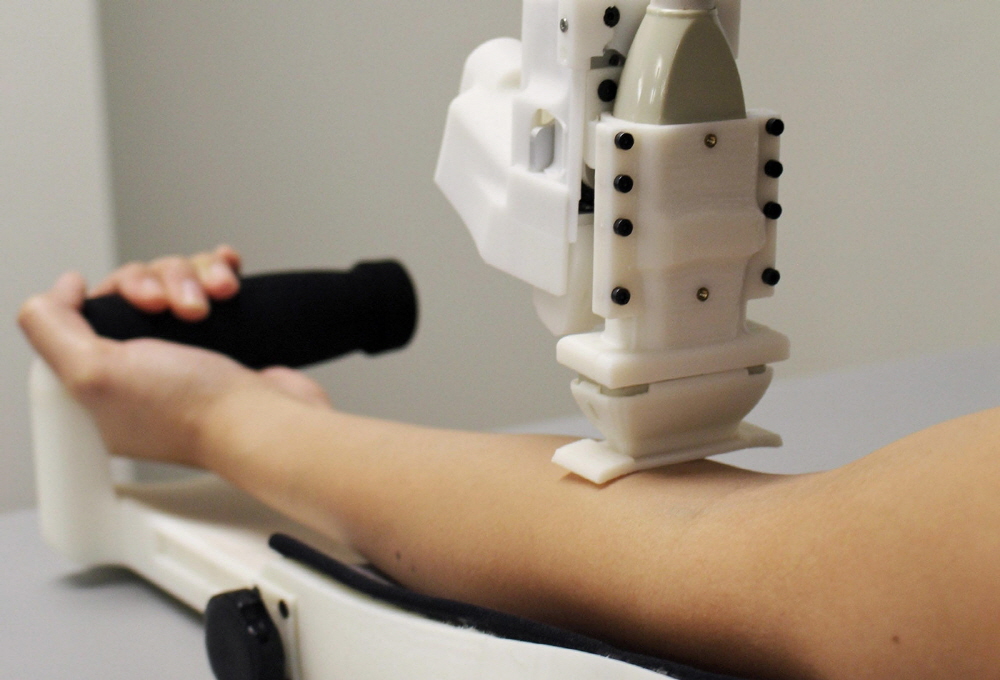
Some people have experience of sticking a needle several times in a hospital, saying that it is difficult for a nurse to give an injection because the blood vessel is thin. The research team at Rutgers University in the United States developed a robot that recognizes patient veins and collects blood using ultrasound and conducted a clinical trial in humans. As a result, the success rate of 31 participants was 87%. For 25 people who are easy to understand veins, the success rate is 97%. From these results, of course, it can be said that the purpose of using it for people who have difficulty finding veins has not been achieved.
Intravenous injections allow not only blood, but also to insert a thin tube into the blood vessel and administer drugs if necessary, but in previous studies, clinical intravenous injections in 27% of patients without visible blood vessels and 40% of patients who do not know if they can touch the vein. , 60% of patients with weakness reported failure. Considering this, the result of this robot can be said to be excellent enough.
In actual medical settings, ultrasound devices can also be used to check veins in debilitating patients. If blood collection robots are put into practical use, the burden of medical personnel may be burdened. In emergency medical care, it can be efficient because the robot can make other preparations while the robot performs necessary measures such as catheterization. In addition, the robot system includes a module that processes blood samples after blood collection and a centrifugal type blood analysis device, which is expected to improve efficiency accordingly.
It is also pointed out that the results of this experiment have a lower success rate than those of medical workers except for debilitating patients. The robot is still a prototype, and the success rate is expected to increase in the future. Related information can be found here .


















Add comment